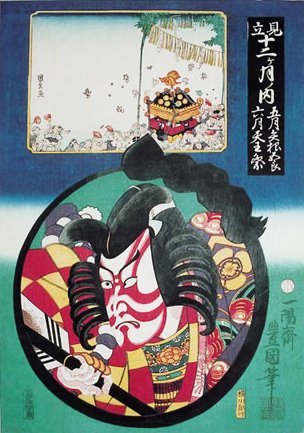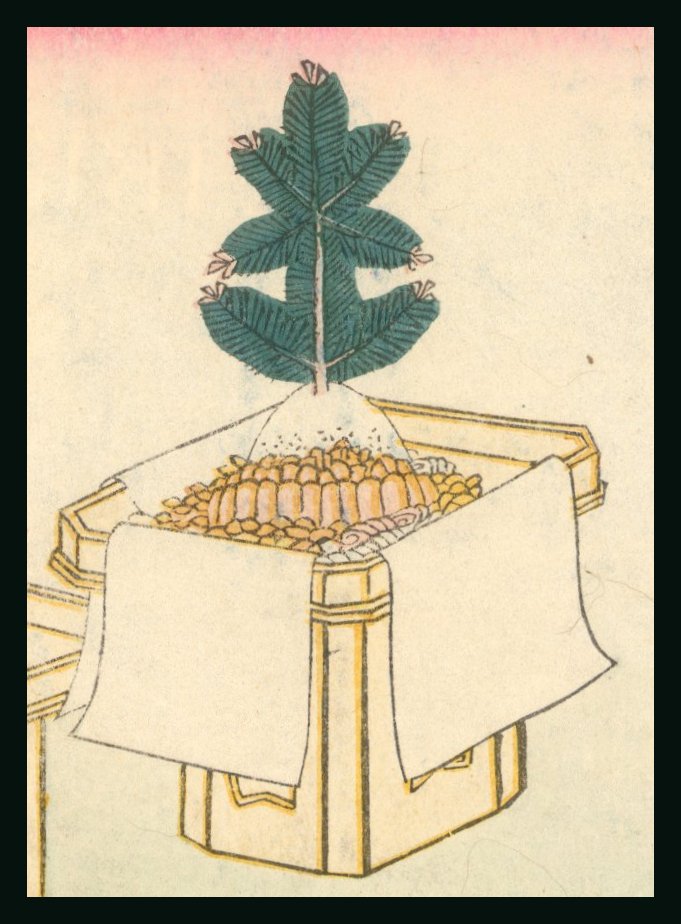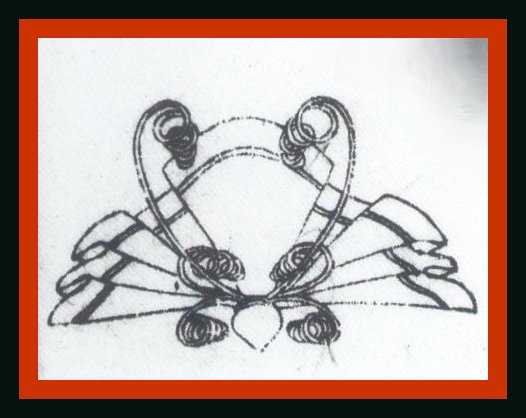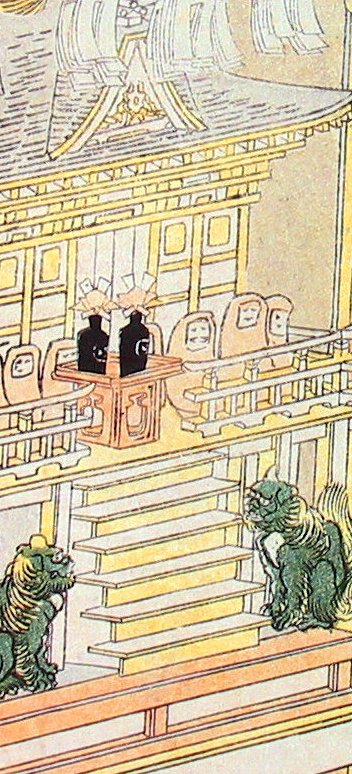
JAPANESE PRINTS
A MILLION QUESTIONS
TWO MILLION MYSTERIES
Ukiyo-e Prints浮世絵版画 |
| Port Townsend, Washington |
| UTAGAWA TOYOKUNI III | |
| 三代歌川豊国 | |
| さんだい.うたがわ.とよくに | |
| 1786-1865 | |
| Series: A Selection of the Twelve Months | |
| Mitate juni kagetsu no uchi | |
| 見立て十二ヶ月ノ内 | |
| みたてじゅうにかげつのうち | |
| Publisher: Iseya Kanekichi | |
| 伊勢屋兼吉 | |
| いせや.かねきち | |
| Carver: Yokogawa Takejirō | |
| よこがわ.たけじろう | |
| Date: 1859, 11th Month | |
| Ansei 6 | |
| 安政6 | |
| Size: 14 1/2" x 9 7/8" | |
| Signed: Ichiyōsai Toyokuni hitsu | |
| 署名: 一陽斎豊国筆 | |
| しょめい: いちようさいとよくにひつ | |
|
|
|
Condition: It would appear that this and the other prints in this series had been bound into an album. That would not only explain the relative freshness of the colors, but also the areas along the right side of the print where the binding holes have been restored. Other than that the print is in a good state with only very slight areas of distress and with slight soiling. |
|
| $620.00 |


 |
 |
|
 |
 |
|
|
A SELECTION OF THE TWELVE MONTHS |
|||||
|
WE ARE OFFERING FIVE OF SIX OF THIS SERIES, BUT NOT THE FOURTH ONE FROM THE LEFT WHICH IS ALSO THE THIRD ONE FROM THE RIGHT. |
|||||
| Below is a metal kettle known as a choshi (銚子or ちょうし) used for warming and serving sake. | |||
 |
|||
 |
|||
| PAPER BUTTERFLIES | ||
 |
 |
|
| FEMALE | MALE | |
|
Ivan Morris in his fascinating book The World of the Shining Prince: Court Life in Ancient Japan says of Shintoism that its "...central themes are joyful acceptance of the natural world and gratitude for its bounty, coupled with a horror of illness and death, which are regarded as the source of all pollution." (1) Morris states that at the time of Heian period Shintoism "...had not philosophical, speculative, or ethical elements; no elaborate ritual or priestly hierarchy; no saints, martyrs, or even a founder; no scripture or exegesis; no interest in education and art - in fact, no positive, constructive aspect whatsoever. So vague and amorphous was the native religion that not until Buddhism appeared in Japan did it even acquire a name - Shin-to ('the way of the gods'), as opposed to Butsu-dō ('the way of Buddha')." (2) |
||
 |
On the left is a very small detail from a pentaptych by Hokusai of a New Year's celebration at the Ōgi-ya house in the Yoshiwara. Included among the various images rich in symbolism such as the shi-shi, i.e., lions and the multiple Daruma dolls are the two saké containers atop a lacquer table greeting us at the top of the steps. Adorning each of the vessels are the origami butterflies, both male and female. |
|
 |
||
|
Above is a detail of the hairline of the dominate figure of this print. We have reproduced it here so you can get a better impression of the finer areas of woodblock carving. Notice the finer lines at the top edge of the forehead. What does not come through is the embossing found in the white cloth which is tied off on the top of the head. |
| Any questions or comments? Please contact us. |
| Jvegder@printsofjapan.com |
Direct purchase may be made through check or money order
or by payment through PayPal by clicking on the link below.

 HOME
HOME